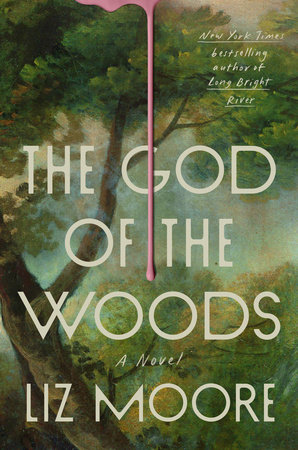This, Tracy learned, was Camp Emerson: Three buildings formed its northernmost edge, closest to the main house up the hill. One was the commissary, where they ate their meals; the next a building called the Great Hall, which contained a nurse’s office, two small rooms that could be used for activities on rainy days, and a large community room that was mainly used for dances and performances that required a stage. The third building in this small cluster was the Director’s Cabin.
The only campers who had ever seen inside it were those who had gotten into trouble of one kind or another. South of these buildings lay the rest of the campground. Near the lake at the eastern edge were a small beach and a boathouse.

A long building called Staff Quarters sat at the southern border of the grounds—this was where kitchen workers and other seasonal staff resided. To the north of it were fourteen cabins—seven for boys, seven for girls—in two lines on opposite sides of a creek that could be crossed by small bridges here and there. Every one of these cabins was named after an Adirondack tree or flower.
Tracy’s cabin, Balsam, was lit inside by warm yellow bulbs that hung, uncovered, from the ceiling. At night, these same lightbulbs summoned an army of insects through the tattered screens in the cabin’s windows. The cabin was furnished with eight twin beds, four and four against opposite sides.
Small wooden trunks sat at the foot of each bed. The cabin’s walls were made of unf.
















